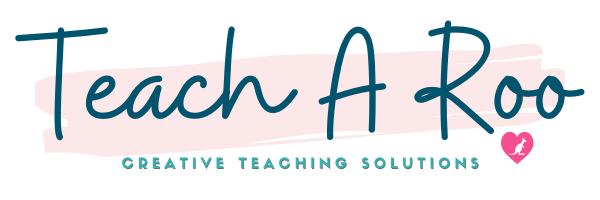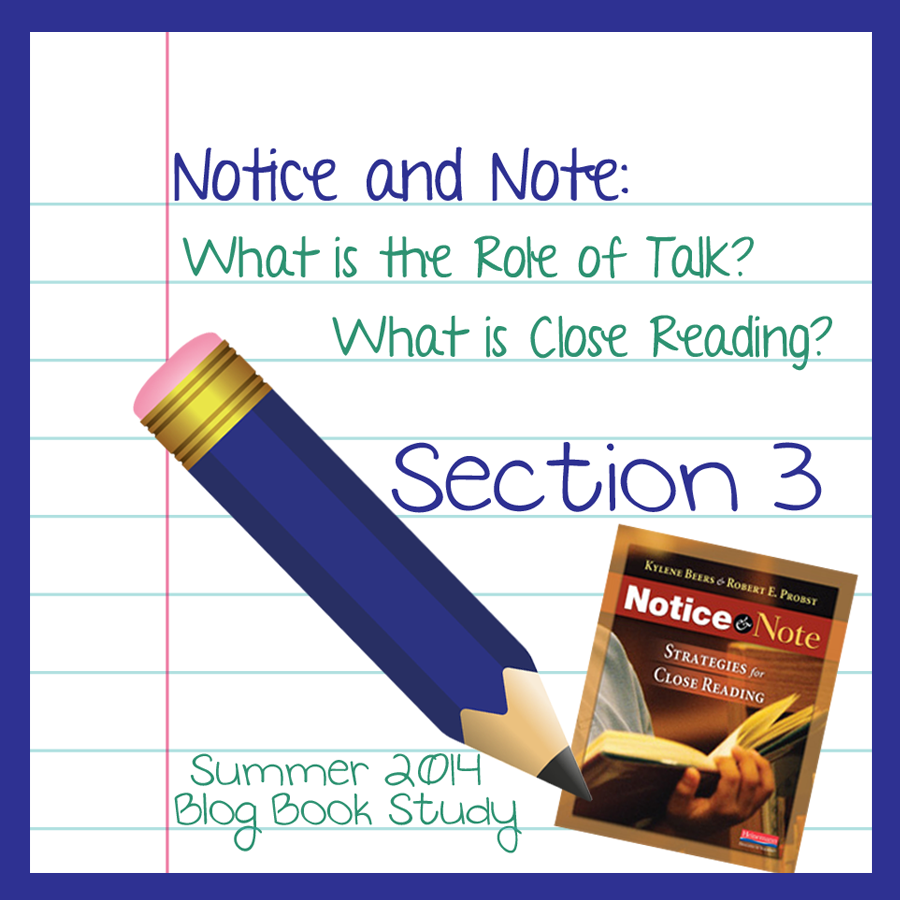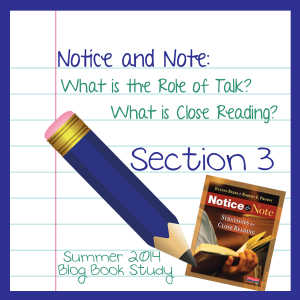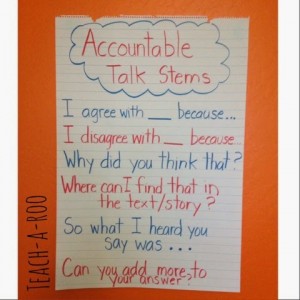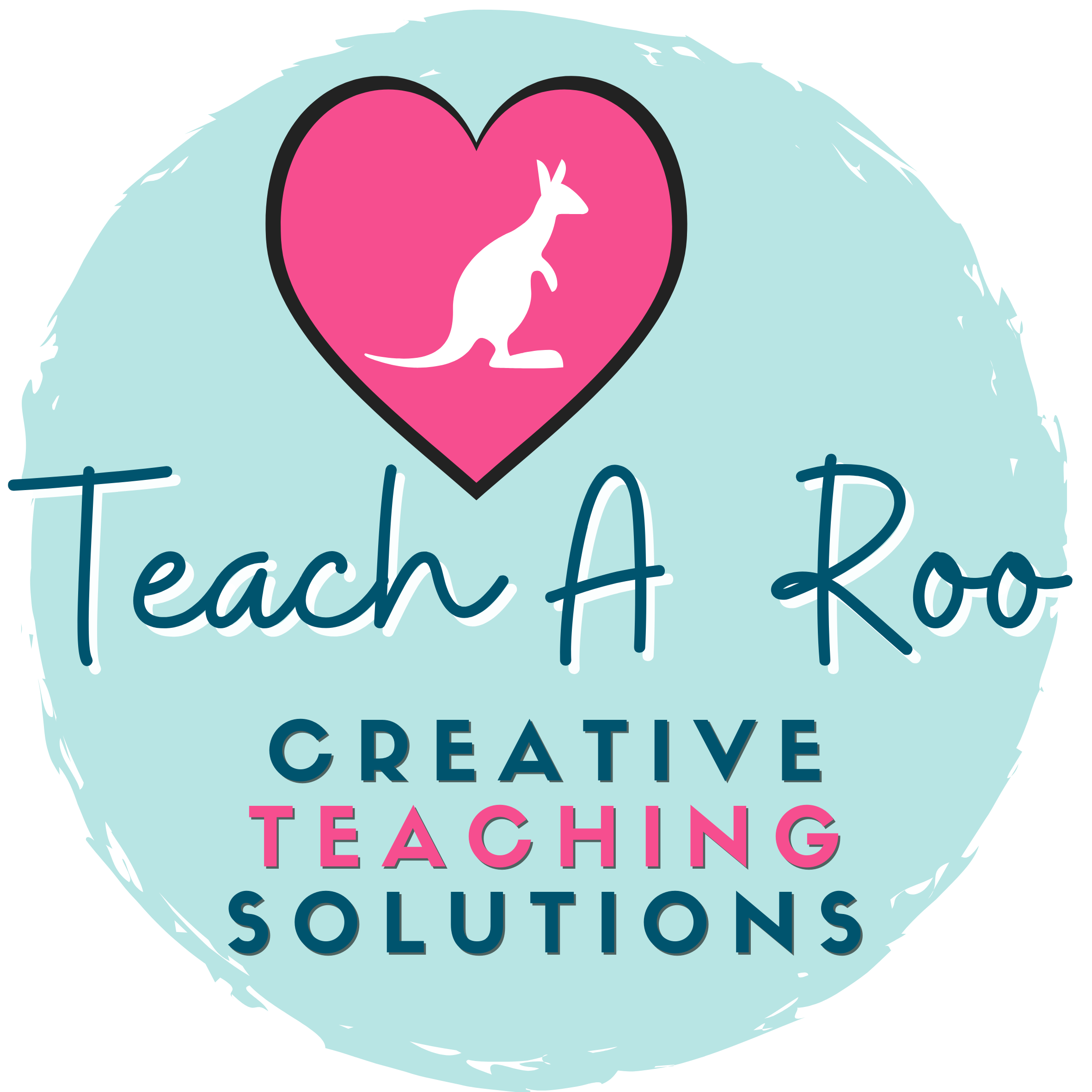Hi friends! We are back with another installment of our summer book study of Notice and Note- Strategies for Close Reading. Today we are working on pages 27-38. (This is where it gets meaty!) It is all about implementing accountable talk strategies during close reading.
Question 5- What is the role of talk?
This session starts by defining two different types of talk that occur in most of our classrooms. Monologic talk is where you find the teacher talking and the kids absorbing the teachers ideas and information. While there may be some interaction between the teacher and the student, there is little interaction or exchange of ideas between the students.

Dialogic talk is the other end of the talking spectrum, where students do all of the talking. They formulate thoughtful questions among each other to drive the conversation.
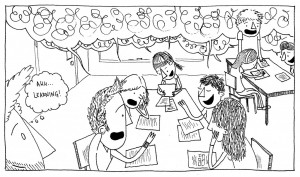
Admittedly, this is an area I sometimes struggle with. I am such a mother hen, and a bit of a control freak. It it is hard at first to give up that control, but I have implemented some tools to help guide the conversations productively. Notice and Note gives some tips for “Improving Student Discourse” on page 29. Happily, there are a lot of things on the list that I do already. (Yay! Pat on the back for me!)
1. Listen to the conversations in your classroom, asking yourself if there is evidence of rigorous thinking.
The book also has a checklist to help you assess the rigorous talk in your classroom. When I am monitoring students we call it clipboard cruising. I keep a checklist and notes of what they say.
2. Step back and let the students pose questions. I love to use various Kagan Cooperative Structures for this. I love Inside/Outside Circle and Quiz-Quiz Trade for training the kiddos to ask/answer questions. I will start by giving them cards with questions on them, but later on they will formulate their own questions to trade.
3. Give students prompts that can keep the conversation going. We call them Accountable Talk Cards. Again, this helps with the scaffolding piece. This is an anchor chart I have in my classroom. This helps to serve as a reminder to the kiddos as they are working.
4. Record small-group conversations using either an audio or video recorder. – I’m not there yet!
5. Give students specific feedback about their comments as a natural part of the conversation. Effective feedback is more than just “Good job!” or “I like the way you are thinking!” It is specific to the task and the skill and can benefit everyone. “I love that you made a text-to-text connection about how you and the character both felt the same.”
6. Encourage students to elaborate. Whole Brain Teaching has a gesture for elaboration. It is spinning two pointer fingers together in rotating circles. They call it an adder. I LOVE THIS!! I have trained my kids that when they see me (or another student) do this they need to add more ideas to their answer. So when I am crusin’, I can non-verbally encourage a speaker to add more without interrupting.
7. Ask high-level questions of all students. Break out our Blooms or DOK question stems and keep them handy. I keep a laminated “Critical Thinking” chart in my plan book AND on my clipboard.
8. Encourage students to use the vocabulary of the discipline. Do you use word walls or anchor charts for vocabulary? It is hard for students to talk about something “deeply” if they don’t have the words in their toolbox.
9. Arrange desks so that students see one another’s faces instead of backs of heads. I can get my class moved into partners or groups in about 15 seconds. Most of the time they are in groups anyway, but there are times when rows are more effective. Develop a procedure for quick transitions. 🙂
Question 6– What is close reading?
Since the whole book is about “close reading” I thought it was humorous that this wasn’t question numero uno. So what is “close reading” besides the new buzz word in literacy brought forth into the limelight by the Common Core?
In a nutshell, it is a strategy for making kids THINK about what they are reading. It is all about making connections, inferring, developing cause and effect relationships, and being able to explain and defend their thinking. Students annotate, or make notes while they are reading. They ask questions of themselves and of their classmates. They identify main idea and key details.
Close reading is usually done with SHORT, thoughtful passages. I think this is SO important. You wouldn’t want to do a close reading of a simplistic text. It needs to have some meat for the kids to chew on, if you know what I mean. So choose your passages with intention and purpose.
Check back on Thursday as we keep on digging deeper with close reading!
Happy Reading!
